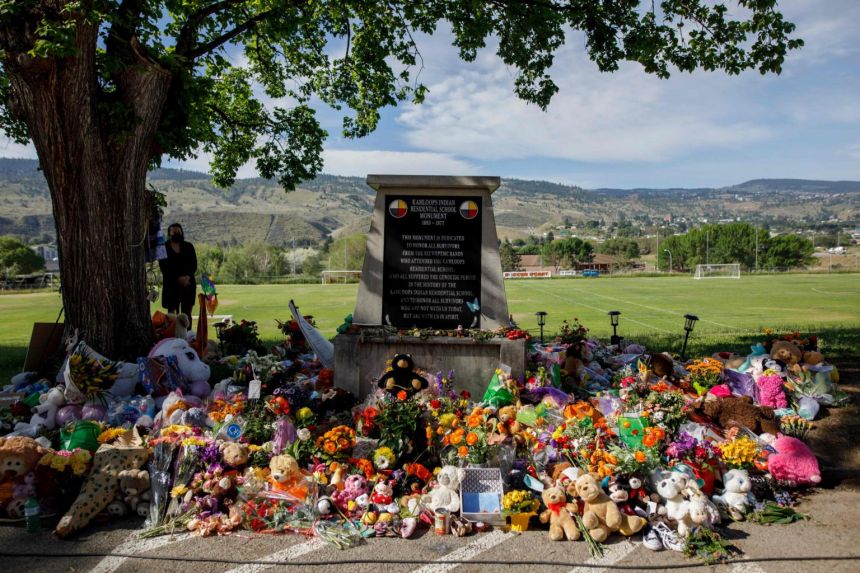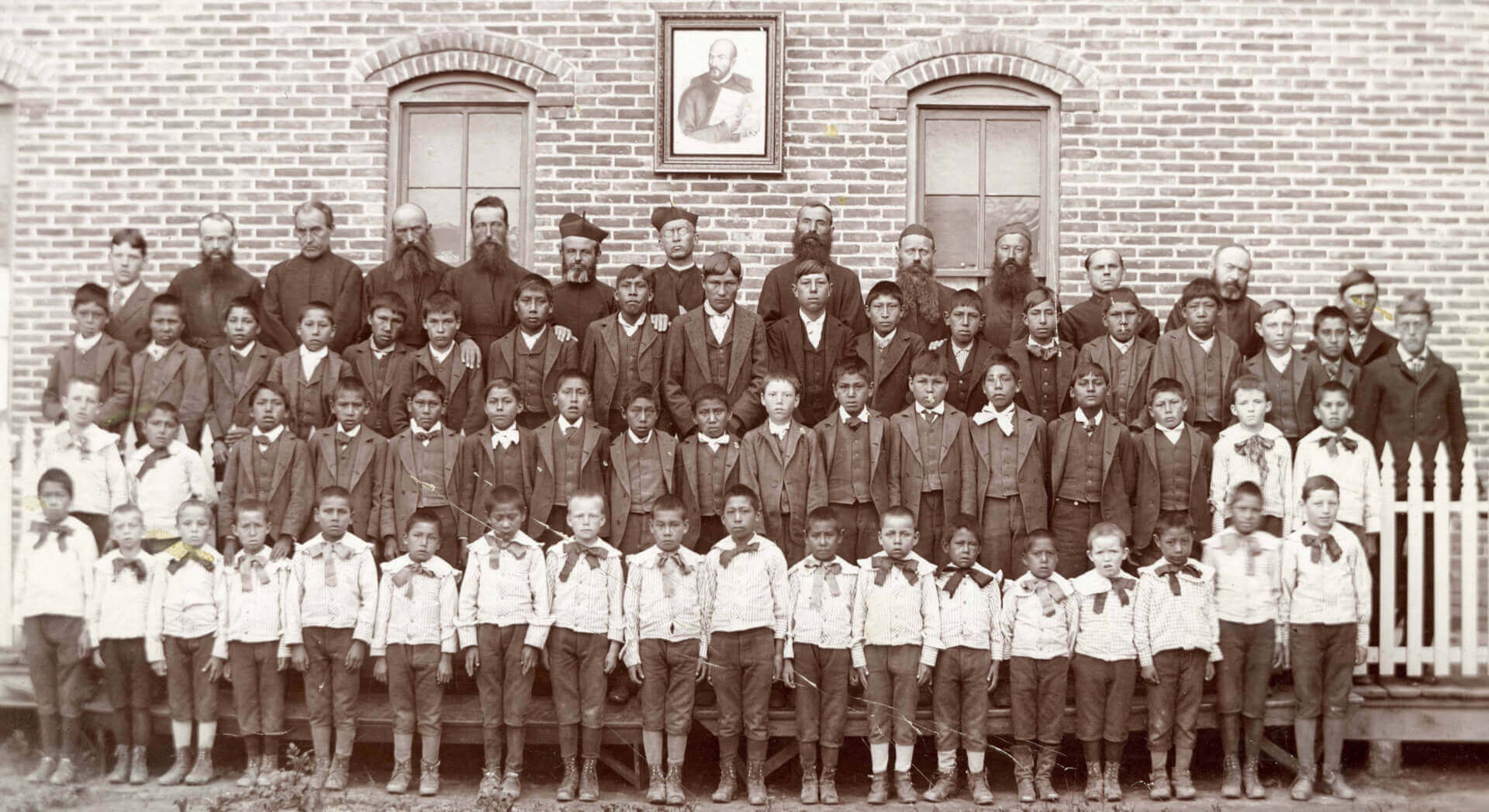Canada’s Liberal government announced on Monday that it has allocated up to C$40 billion ($31 billion) in compensation for the abuse of Indigenous children and families while in foster care.
“The government of Canada is provisioning C$40 billion to provide compensation and to commit the funds necessary to implement long-term reform so that future generations of First Nations children will never face the same systemic tragedies. We have made considerable progress… Our discussions remain progressive and productive,” said Indigenous Services Minister Patty Hajdu in a statement.
The announcement follows a ruling by a top court in September that upheld a historical 2016 ruling that accused the government of underfunding First Nations services compared with those for non-indigenous children. The court ordered $31,350 in payouts to each child who was in the on-reserve welfare system after 2006.
The Federal government initially said it would appeal the verdict. However, it announced in October that it wanted to reach an out-of-court settlement on the matter, as well as put an agreement in place that would address outstanding issues within the child welfare system and cover the costs of related class actions.
While the latest announcement has been acknowledged as a step forward, the details of the payment are still being ironed out. Crown-Indigenous Relations Minister Marc Miller explained that about half of the $40 billion would fund long-term reforms, while the remaining amount will cover compensation costs. Miller also cautioned that “some very fragile discussions” are still underway but said that he remains “cautiously optimistic” that an agreement will be reached sometime within the next two weeks. “There’s issues of costing, there’s issues of sorting out amongst the parties what that proper allotment of compensation is. Again, we’re not done,” he remarked.

Criticism of the government’s commitment to and treatment of Indigenous children escalated earlier this year when the Cowessess First Nation in Marieval, Saskatchewan said in June that it had found at least 751 unmarked graves at the site of a former Canadian residential school, making it the biggest such discovery yet. The news came just weeks after the bodies of 215 children were found in unmarked graves at a former residential school in Kamloops, British Columbia (BC). Subsequently, a further 182 unmarked gravesites were found near Cranbrook, BC and a further 160 in the Southern Gulf Islands of BC
Following this, the United Nations (UN) Human Rights Office, called on the Canadian government to launch an investigation into the deaths of Indigenous children at former residential schools. The UN remarked that the investigation must be followed by compensation, apologies, memorials, and rehabilitative services as “cornerstones for reconciliation.”
From 1863 to 1996, over 150,000 Indigenous children were forcibly removed from their families and placed in residential schools, where they were often not allowed to speak their language or practise their culture, in what was an effort to make them assimilate to what the government considered to be Canadian culture and national identity. Many of the children were physically and sexually abused, malnourished, and lived in poor housing conditions that led to infectious diseases.
Aside from the government, the discoveries of unmarked graves have also drawn criticism of the Roman Catholic Church, given that the school was operated by the Catholic Church from 1893 to 1969. In September, the Catholic Church apologised “unequivocally” for the “physical, psychological, emotional, spiritual, cultural, and sexual” mistreatment of the community.

